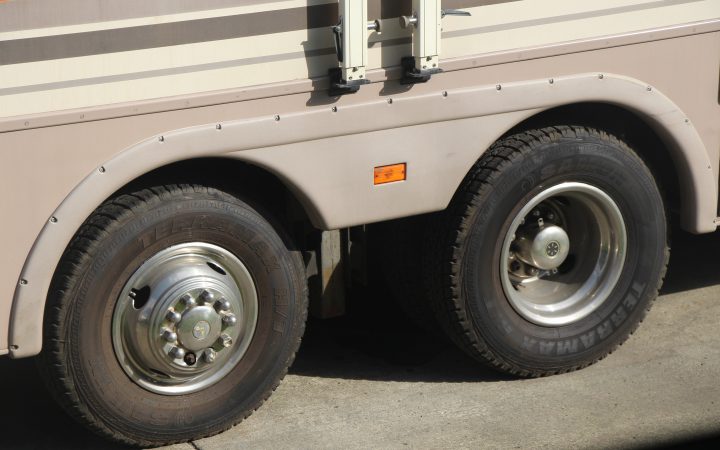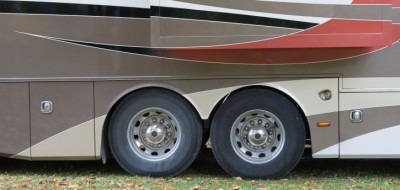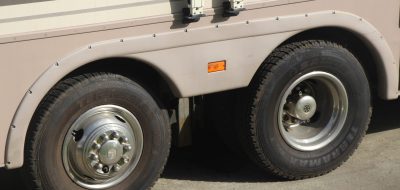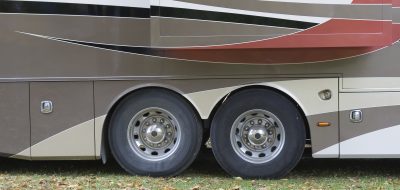 Experiencing a flat tire on a vehicle today is somewhat rare compared to fifty years ago. Tire structure, composites and design has nearly eliminated the common flat tire. However, running over foreign matter, like screws or a nail, can still puncture a tire casing. Many times a damaged tire’s leaking air is detected by the owner by visual clues, or an onboard tire system monitor. These monitors are showing up as standard equipment in a wide spectrum of automobile makes.
Experiencing a flat tire on a vehicle today is somewhat rare compared to fifty years ago. Tire structure, composites and design has nearly eliminated the common flat tire. However, running over foreign matter, like screws or a nail, can still puncture a tire casing. Many times a damaged tire’s leaking air is detected by the owner by visual clues, or an onboard tire system monitor. These monitors are showing up as standard equipment in a wide spectrum of automobile makes.
But, even with all this, sitting at the side of a roadway with a flat tire can and does occasionally happen. Changing it with a spare can be accomplished fairly easily; or a call to the auto club will bring someone else to handle it.
RV’s, however, are a different story, depending on the type and size. Light trailers, like pop-ups, generally employ small wheel and tire sets. Many of the flat tires are caused by overheating wheel bearings from lack of service and over speed. Under pressure tires is another big contributor to flats, or worst, blow outs.
From the relatively small tires of a pop-up, RV tire sizes run up to about 365 X 22.5. The larger tires, in most cases, are not user changeable due to physical size, weight and lug nut torque. For these a truck tire service will be required.
Let’s look at the small to medium sized tires that can be user changed and some tips worth keeping in mind.
Prior to attempting to jack up an RV, have all passengers exit the vehicle. Move the RV as far from the roadway as possible to reduce strong wind pressures from vehicles passing close by. This wind disturbance is far greater given the wind area effect of most motor homes and trailers. The addition of an axle stand, if possible, can increase the jacked vehicle stability. Set out safety triangles to alert approaching traffic. This also helps reduce the speed of passing vehicles. Don’t forget to “Break” the lugs loose prior to lifting the final weight from the wheel.
Installing the replacement wheel is really no different than that of your automobile. Tighten the lug nuts and make the final torque with the wheel contacting the ground. This torque should be rechecked with a torque wrench as soon as possible. It is very important that the correct torque value, as stated by the O.E.M. manufacturer, is applied to all lug nuts.
Well, the best thing is to avoid having a flat in the first place. Maintain the pressure in your tires and check them frequently. Add a tire monitor to your RV to gain the early warning advantage. With a little work, flat tires while on the road can be nearly eliminated.








